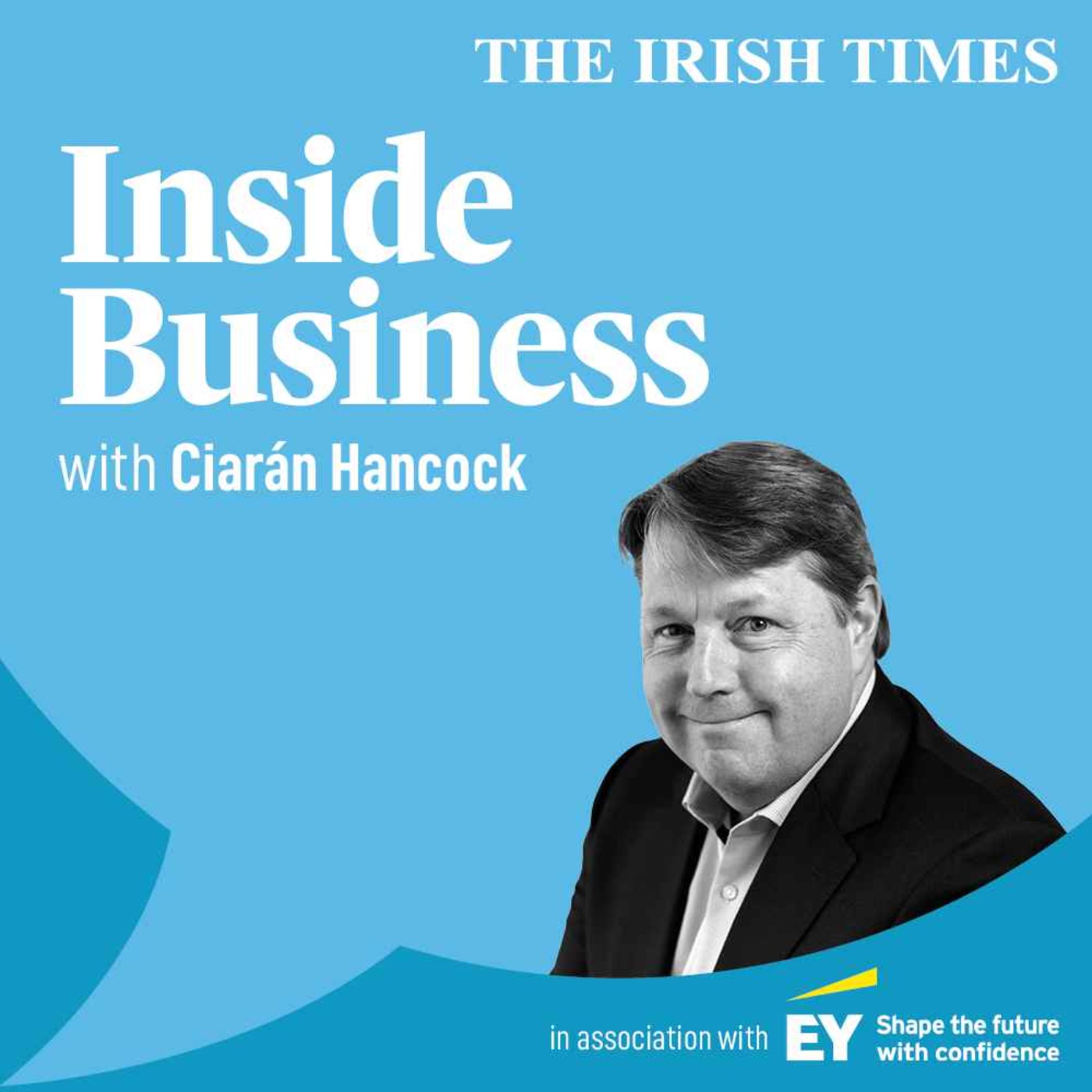Do you remember dial-up internet access? If you are over a certain age – and I am – it is likely that your first experience of going online was plugged in to the phone jack in the wall, listening to hisses and screeches as your computer tried desperately to grab a connection.
Then someone would call, or need to use the phone, and your internet access would be cut off. There was always the spectre of call charges too, with your internet access billed by the minute.
Downloading a song (probably illegally at the time) could take half an hour or more. Downloading a movie? Even if you could find one online, you would probably have got it cheaper buying the DVD from the local shop by the time the phone bill was taken into account.
It has been a long time since I thought of dial-up internet access. It is a nostalgia thing, a sometimes irritating memory up there with waiting for the DJ to stop talking so you could tape songs off the radio and having to rewind video tapes – you enjoyed some point of the process, but there were parts of it that just seemed unnecessarily annoying.
READ MORE
Video tapes were replaced by DVDs that required very little intervention, and then supplanted by on-demand video streaming and downloads. You can now curate your own playlist and share them with a couple of taps.
For most people, dial-up is a distant memory, replaced by always-on internet connection at home and in your pocket.

Why is Ireland not considered a truly rich country?
So it may have come as somewhat of a surprise when AOL announced that it was shutting off its dial-up service in the US next month. In 2025, with so many technologies available, you might ask, who is still using it? Mainly consumers in rural areas of the US, where broadband coverage is nonexistent, according to recent census figures. But it is no longer enough for AOL to keep offering the service.
It is the end of an era – at least in the US. It has been a long time since I have been dependent on dial-up. My children, who have grown up in the broadband/Netflix era, will never know the anticipation of hearing the screeches hit a familiar pattern, waiting for the connection to kick in, the stress of realising that the connection was hanging, and starting the process all over again. I tried to explain the concept of dial-up internet. They looked bemused.
It does seem a bit antiquated, but then the technology has its roots in a different era. Dial-up internet was developed by Usenet in the 1970s. While AOL peaked in the early 2000s, it was a few years after its founding in 1985 that the internet came to Ireland, with Trinity College the first organisation connected in 1991.
That kicked off the very beginning of our current internet era, where our lives are lived online and broadband has become as much of a utility as electricity and water.
I remember getting my first internet connection at home, at least the first that I paid the bill for. It was an IOL package that offered unlimited offpeak internet access for a flat fee, and it seemed like a great deal. And it was, until I became one of the 2,000 people who was dumped off for “excessive use”. On a plan that was allegedly unlimited. That still stings.
It turns out that somewhere along the way, there was a “fair use” limit set for the service, and very few of us noticed until we got a letter informing us that we would be cut off.
I’d say my “excessive use” barely scratches the surface of today’s average data consumption. We have fibre broadband capable of 5-gigabit connections available to some homes in the country, with gigabit internet open to 85 per cent.
Now the average household fixed connection uses 506.75 GB of data each month, according to the latest figures from ComReg.
In comparison, dial-up reached the heady speeds of 56 kilobits per second. Imagine trying to clock up that kind of usage with a connection that slow. Not only would you be locked out of most of the services that have shifted online, you might be hard pressed to get access to even the most basic of websites.
So it is fitting that dial-up access is a footnote in the annals of tech.
Today, some 94 per cent of households have an internet connection, according to the Central Statistics Office. It is easy to forget that until fairly recently, there would have been quite a few Irish households – again mainly in rural, underserved areas – relying on dial-up for the internet. And while those services may have died off, there are still about 1 per cent of households in the State that rely on what the CSO calls narrowband connections – dial-up over a telephone line or ISDN or mobile narrowband connection of less than 3G.
Dial-up is not the only technology that is heading the way of the history books. Anything that relies on copper wires will soon be obsolete, with the EU setting 2030 as the latest date for decommissioning the copper network.
Then DSL and copper-based landlines will be on the way out too, consigned to the scrapheap in favour of shinier, newer technologies.

















